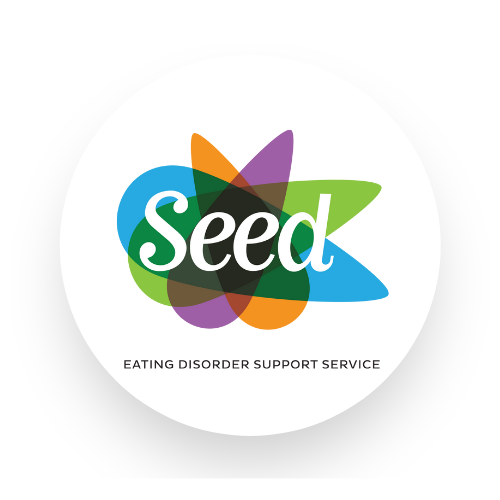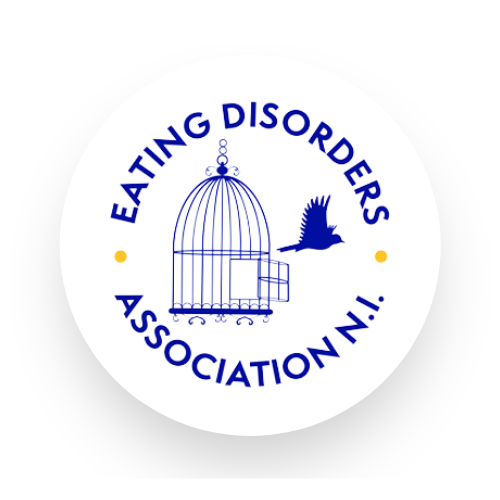
...offers counselling and psychotherapy to anyone aged 16+ who experiences eating distress and disorders, with or without a medical diagnosis. The team supports friends, family and carers through facilitated peer support groups and delivery of the New Maudsley Model Training Course, and support recovery through our group work for individuals. EDNE also raise awareness and improve education of eating distress through our education and CPD professional training programmes.
Visit Website









